Québec City, Québec
After our pleasant stay in Montréal and the beautiful drive along the Chemin du Roy, we were excited to explore Québec City, Québec! While most of our time was spent in Vieux (Old) Québec, I was pleasantly surprised at how vibrant Québec City is, with more to offer than just the historic district. This beautiful city offers visitors modern amenities with the historic charm of Vieux-Quebec.
Situated upon a rock bluff, towering over the St. Lawrence River, Vieux-Québec dominates the landscape. With fortress walls still wrapped around the upper city, Château Frontenac’s turrets rising into the sky, and beautiful historic architecture; this charming mirror of a French town is unequivocally romantic. This quintessentially French city, was first settled in the 16th century, making it Canada’s first European settlement. Québec City adheres to its French roots, while welcoming visitors from around the world. In 1985, Vieux-Québec was named an UNESCO World Heritage Site, making Québec City the first North American urban center to be added to this significant list.
Vieux-Québec is split into Basse-Ville (Lower Town) and Haute-Ville (Upper Town). Visitors can take a short funicular ride from the Upper to Lower town, or a few sets of steep stairs. The best way to view Vieux-Québec is by walking. With cobblestone streets, beautiful buildings, restaurants and shops scattered throughout both Lower and Upper Towns. Visit the tourist information center across from the Château Frontenac to grab a map, and plan your walk through this charming town. With its location on the St. Lawrence River, Québec City is a busy cruise port. Rightfully so, with charming European village flair, but just be aware of the crowds that can gather at tourist attractions (cruise crowds are less in the fall and winter months). Luckily, when we explored Québec City, less crowds were present, allowing us to be the only people on certain charming cobblestone streets! No matter when you visit Québec City, you will love the European charm and romantic-feel of this historic city!
Fairmont Le Château Frontenac is a Québec landmark. Located in Haute-Ville (Upper Town), this “castle” was built in 1893, overlooking the St. Lawrence River. This magnificent hotel, has a decadent interior that mirrors the exterior. With past guests such as, King George VI, Queen Elizabeth, Princess Grace (Kelly) of Monaco, Alfred Hitchcock, and Ronald Reagan to name a few! Château Frontenac also played an important role in World War II, while hosting Franklin D. Roosevelt, Winston Churchill, and William Lyon Mackenzie King during the Québec Conferences of World War II. With a host of historic events, prominent guests, and stunning architecture, The Guinness Book of World Records proclaimed the Fairmont Le Château Frontenac as the most photographed hotel in the world!
The Notre-Dame de Québec Basilica-Cathedral was built in 1647, and is the first Catholic parish and cathedral in Canada. The church has been destroyed by fire twice (during the English Conquest War of 1759 and in 1922) and was rebuilt both times on the original foundation and with the original church plans. This beautiful historic church welcomes all visitors with a stunning gilded sanctuary, exquisite stained glass windows, and aged wooden pews. We took a few moments to marvel at the craftsmanship of the details throughout the beautiful cathedral and ponder its historical significance for Québec. This year marks the 350th year anniversary of the foundation of the parish of Notre-Dame de Québec (1664-2014, as the mother parish to all of North America)!
La Citadelle de Québec is the largest British fortress in North America. Construction began in 1820 and finished in 1850, the first residents were British soldiers, then the Royal Canadian Artillery. Now it is resided by the Royal 22e Regiment (since 1920). Visitors can tour the citadel to watch the Changing of the Guard ceremony and explore exhibits and the museum about the military history of Québec. We opted not to tour the citadel, instead walked along the fortress walls to see the wonderful views of the Plains of Abraham (once the site of the British and French Battles in 1759-1760, now it is a beautiful public park), city and the St. Lawrence River.
After walking along the fortress walls, passing the Plains of Abraham, we stumbled upon the Governors’ Promenade (Promenade des Gouverneurs). This wide wooden boardwalk connects the Plains of Abraham to the Dufferin Terrace (which is close to the Château Frontenac). With the historical fortification wall of the citadel on one side, and stunning views of the St. Lawrence River on the opposite side, this was a perfect stroll (albeit a windy afternoon) to enjoy the beautiful fall colors.
One of my favorite things is the charm of older houses with their adorable doors, facades, shutters, and chimneys. When visiting European towns, I always fall in love with the charming designs of the older houses. Québec City didn’t disappoint, with delightful houses and buildings throughout Vieux-Québec that made me want to move into one of these charming Québec homes! I settled for a photograph of each house to remind me of the dreamy appeal of an old Québec home.
Basse-Ville (Lower Town) in Vieux-Québec showcases two historic sections, Place Royale and Petit-Champlain District. This neighborhood was founded in 1608, and is North America’s oldest neighborhood. Place Royale (often referred to as the birthplace of French America) takes visitors back in time to the days of New France. With cobblestone streets and the oldest stone church in North America (Notre-Dame-des-Victoires Church, founded in 1688) visitors can enjoy the historic charm while pondering what life must have been like in the 1600’s. The Petit-Champlain District comprises of pedestrian only, narrow cobblestone streets that house boutiques, cafes, restaurants, and a co-op of artisans and merchants. The highlight of both the Petit-Champlain District and Place Royale, are the beautifully painted frescoes, Fresque des Québécois and Fresque du Petit-Champlain. Both are enormous, the size of the buildings that they are painted on! Walking through Lower Town was like walking back in time or in a dream! With wonderfully preserved buildings, beautifully painted facades, charming cobblestone streets, and a historic appeal that lures visitors to this charming neighborhood.
Québec City is a beautiful city to walk around, but at night the city lights up and shines like a beacon upon the banks of the St. Lawrence River! With every turn, another old building was highlighted to expose the beauty of its stone facade. While it was chilly, the stunning views made our walks at night worth it!
Québec City is one of the most beautiful cities that I have visited in North America. With European charm, French roots, and historic buildings, visitors will fall for its romantic charm! Stunning views of the St. Lawrence River and surrounding area and beautiful autumn colors decorating the landscape only made this visit more enjoyable. Québec City is a jewel nestled upon the banks of the St. Lawrence River, waiting for you to explore its lovely, romantic and historic charm!
Don’t forget to save this to save this to your board on Pinterest!

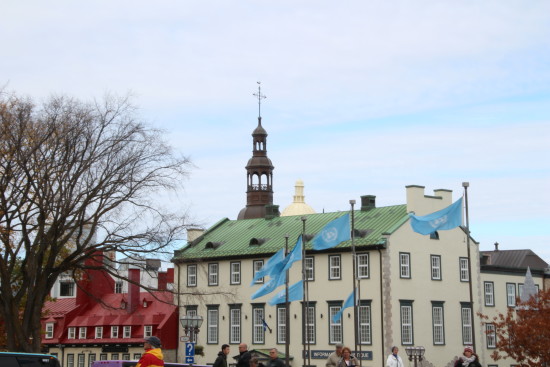
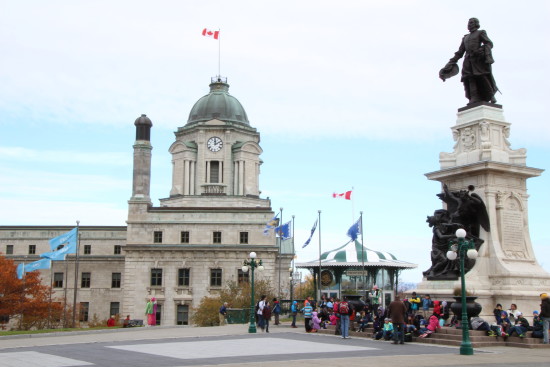
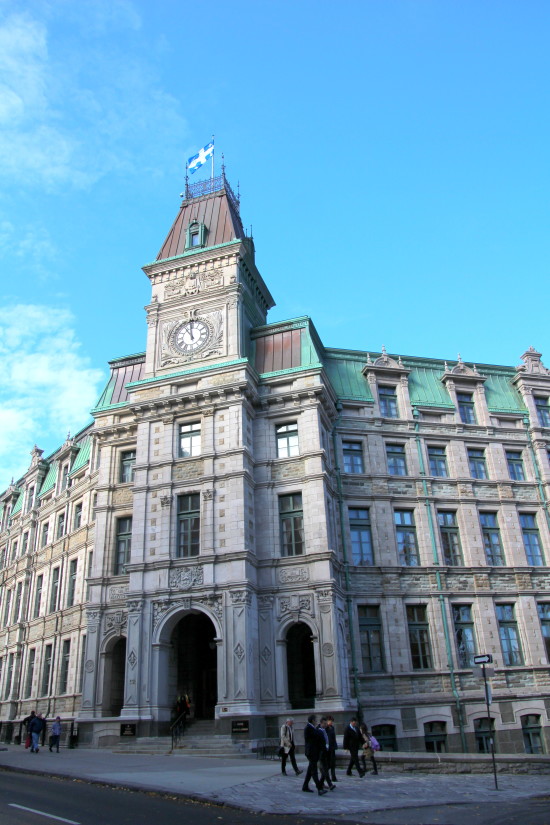
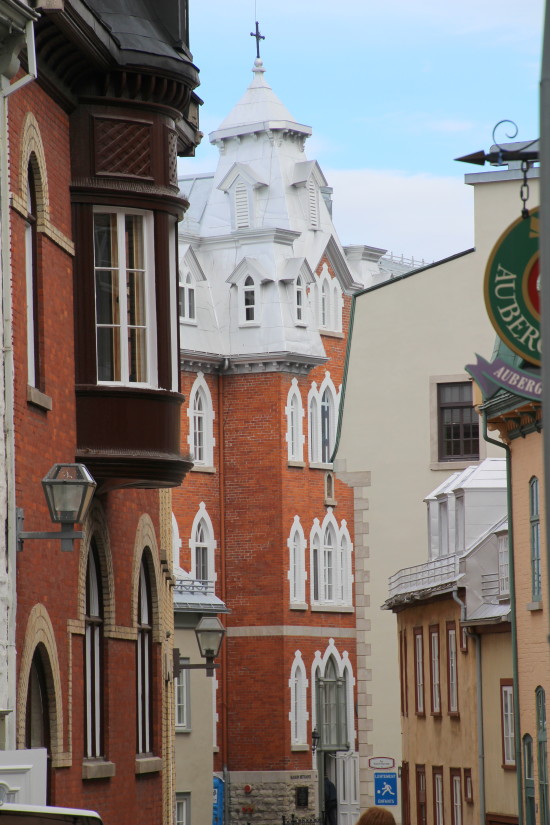
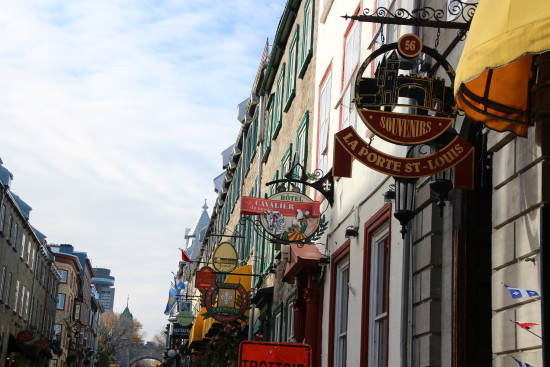
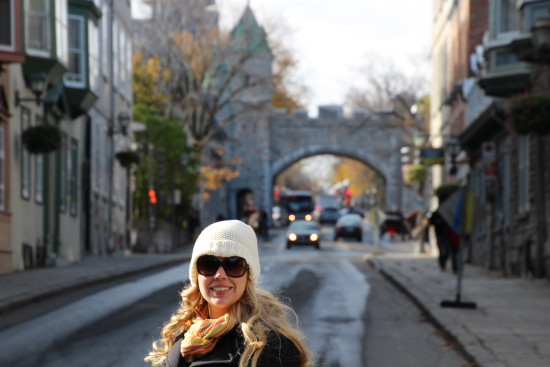
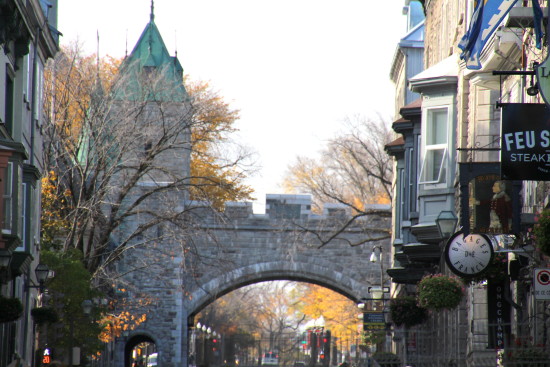




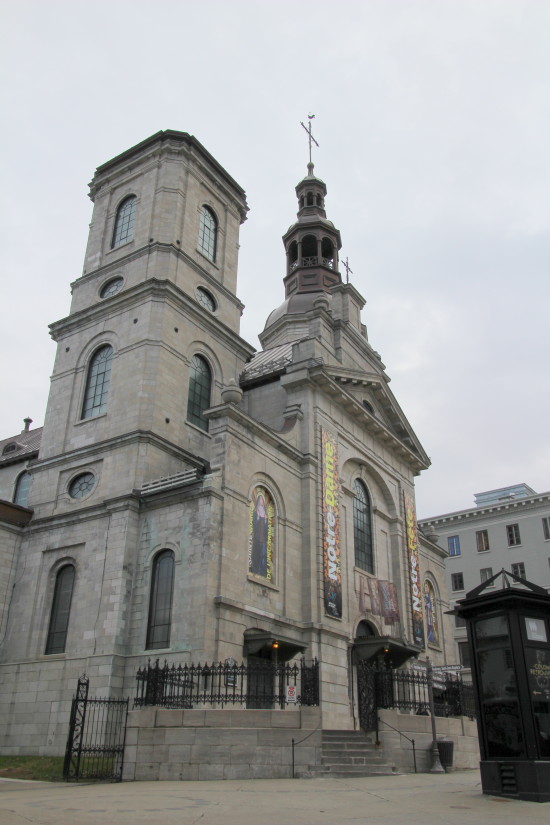

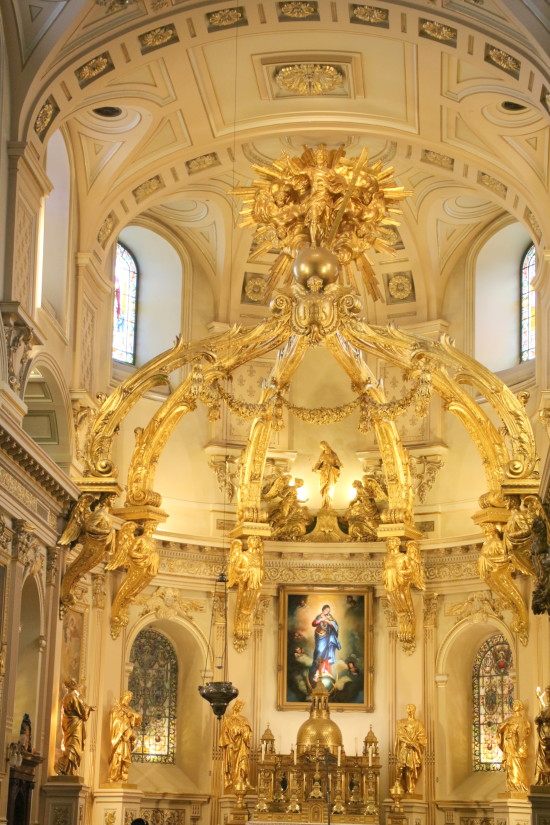
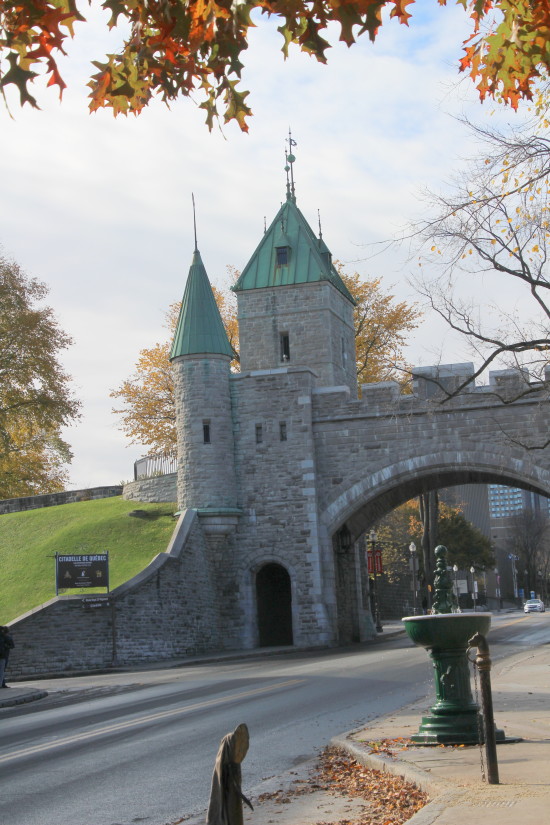








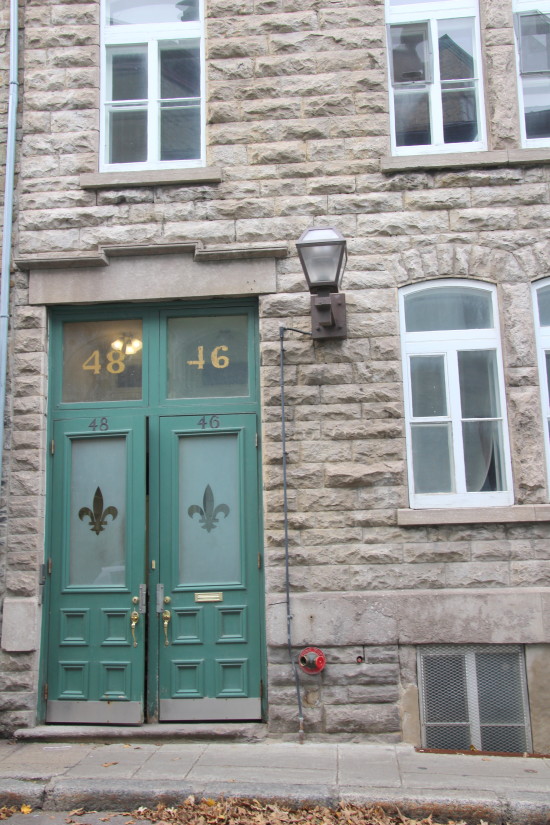
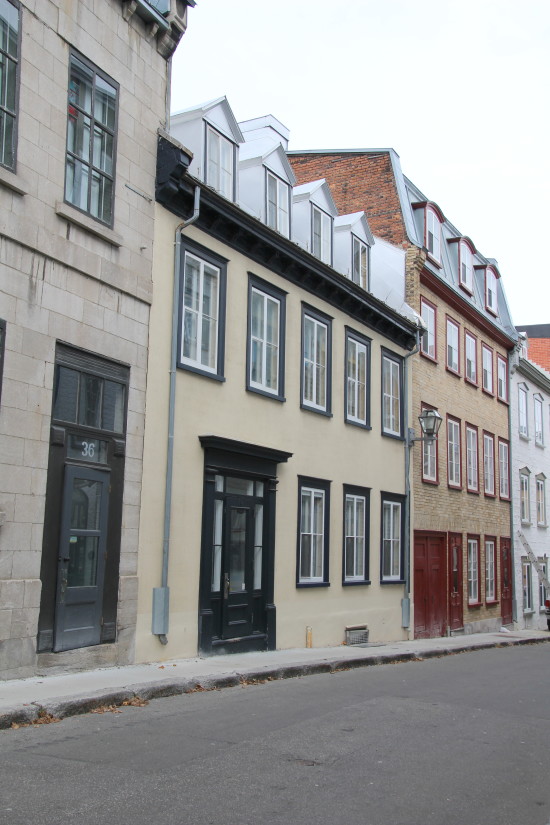
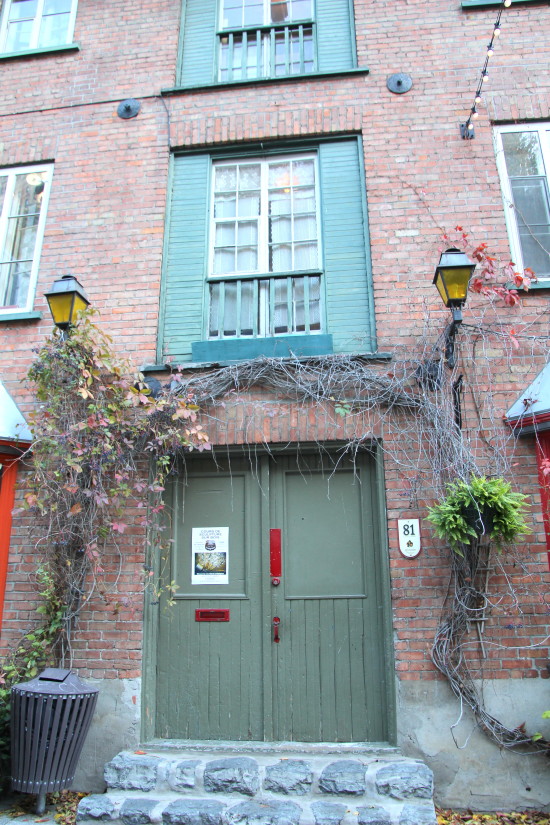
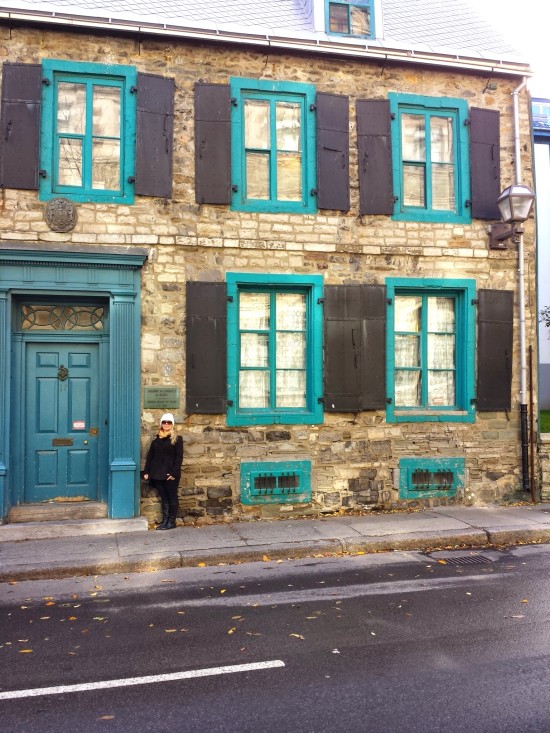
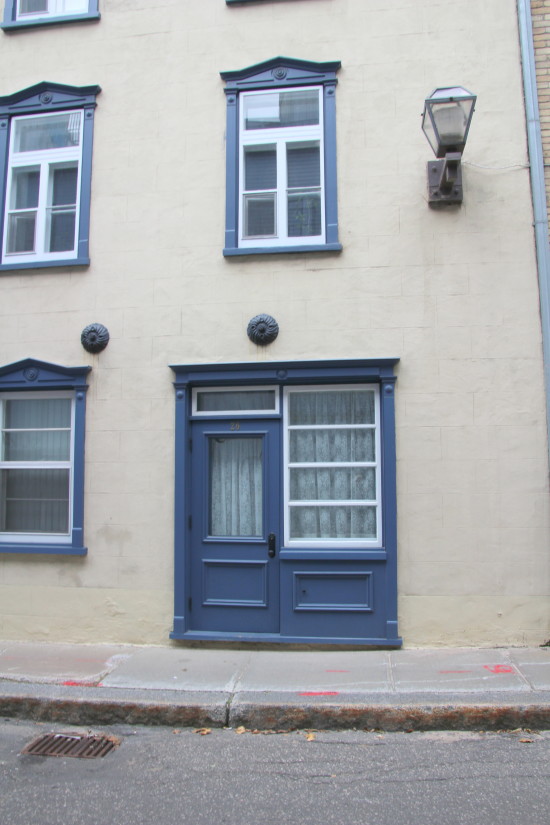
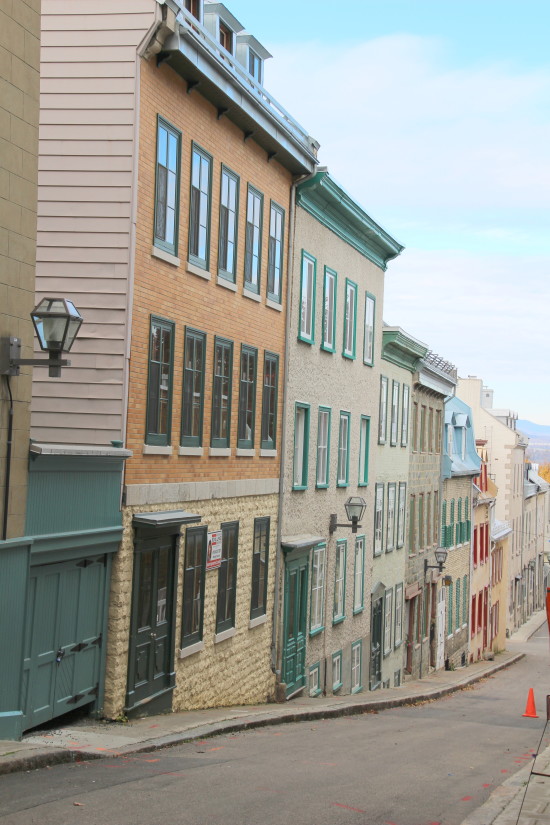


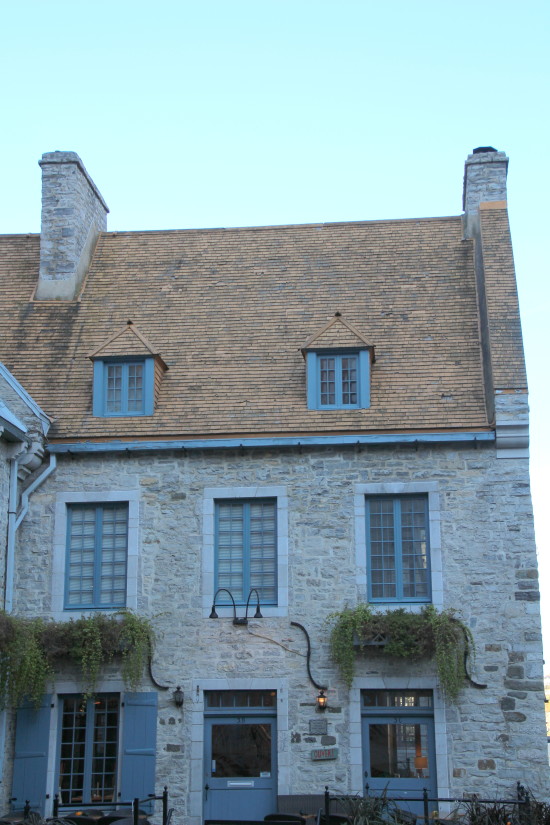


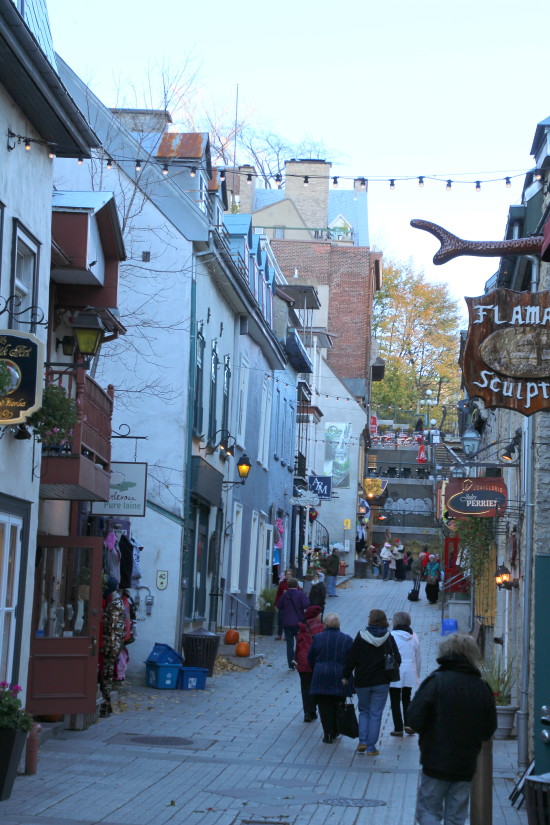
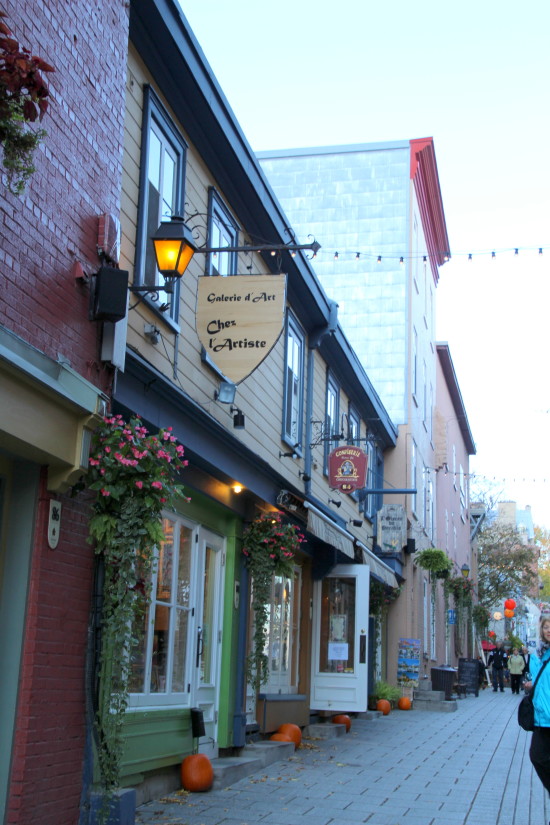
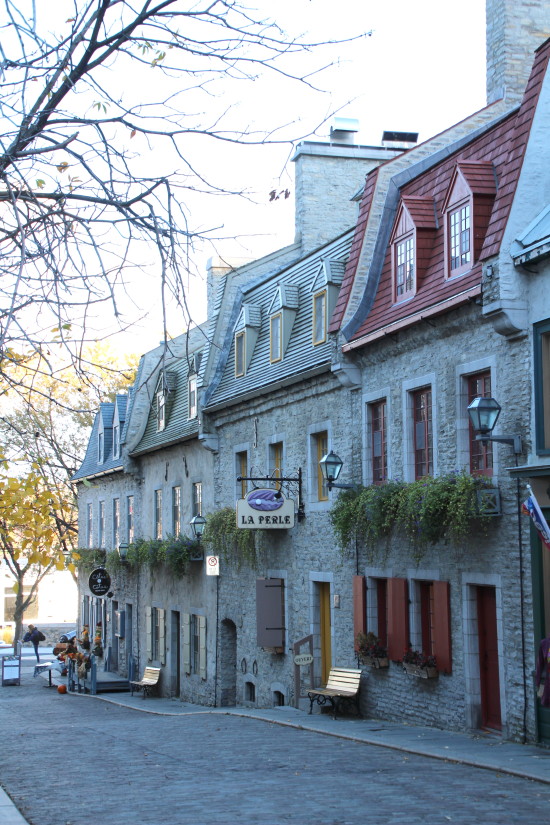
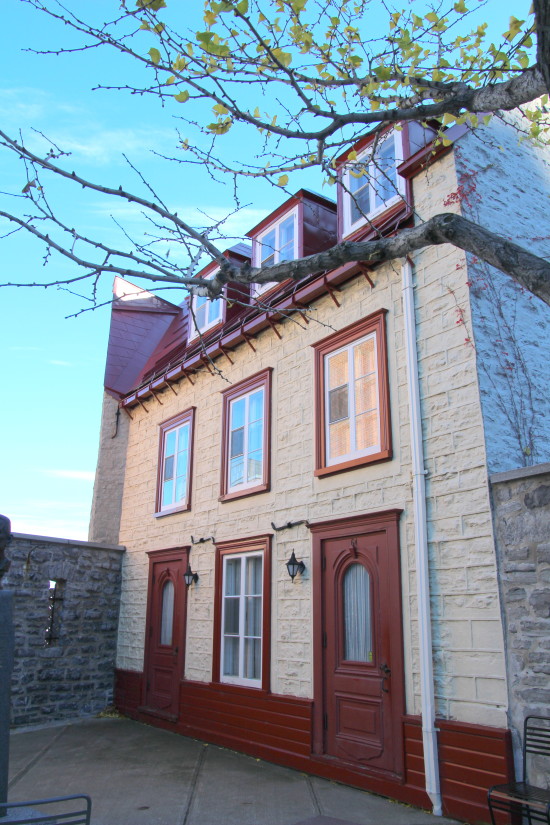










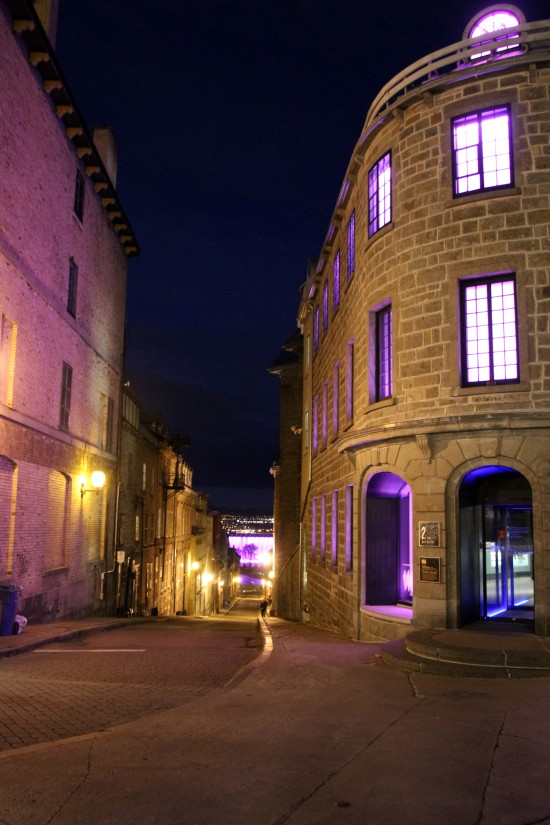





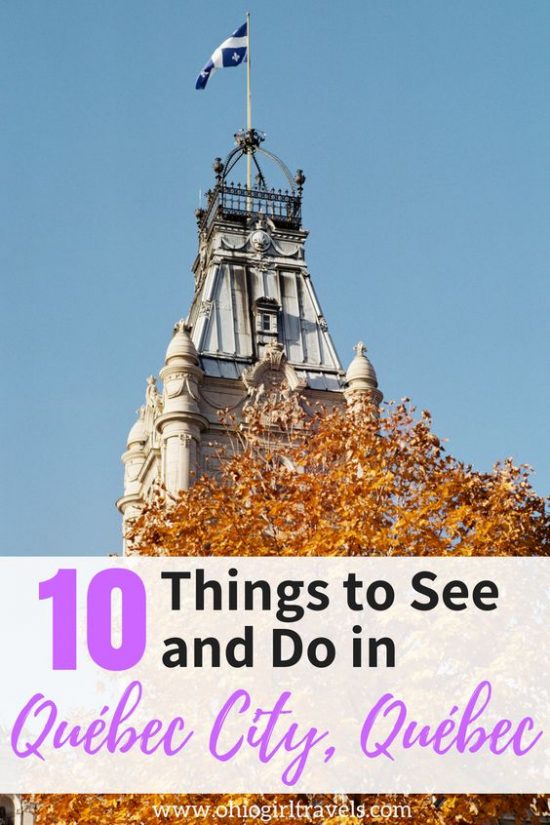
Hi Heather
I appreciate a lot for your nice comments on the city of Quebec, I have just found by chance your page as I was looking for something else. I am a descendant of a French farmer who came in New France as a pioneer in the area called today Sainte Anne de Beaupre in 1635.
Merci de votre gentillesse et aurevoir.
Claude
Hi Claude! Thanks so much for visiting the blog and for your kind words! How neat to know that you are a descendant from a French farmer from the 1600’s! I adoré Québec et espère y retourner un jour! (I hope that is correct, I am still learning French!) 🙂